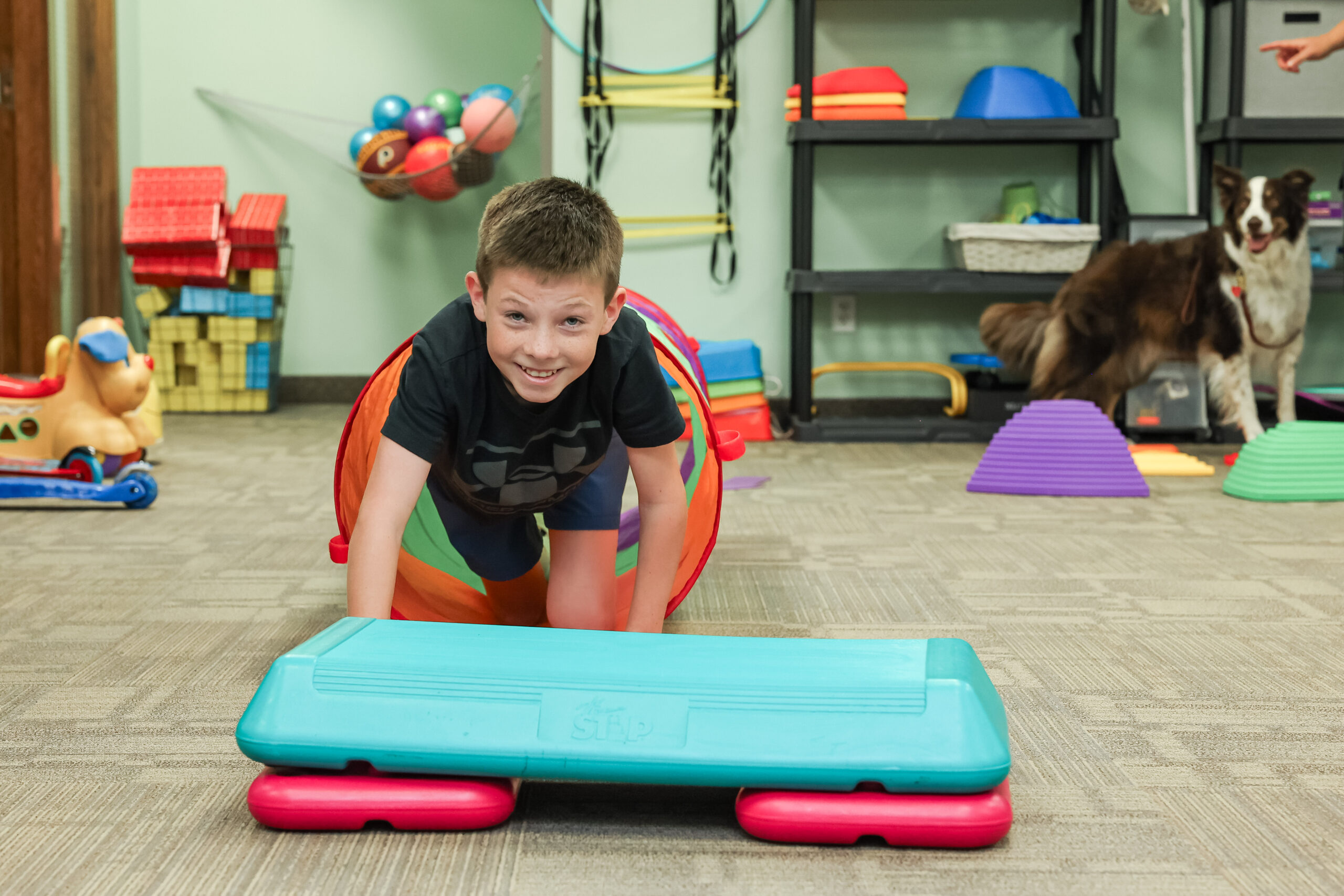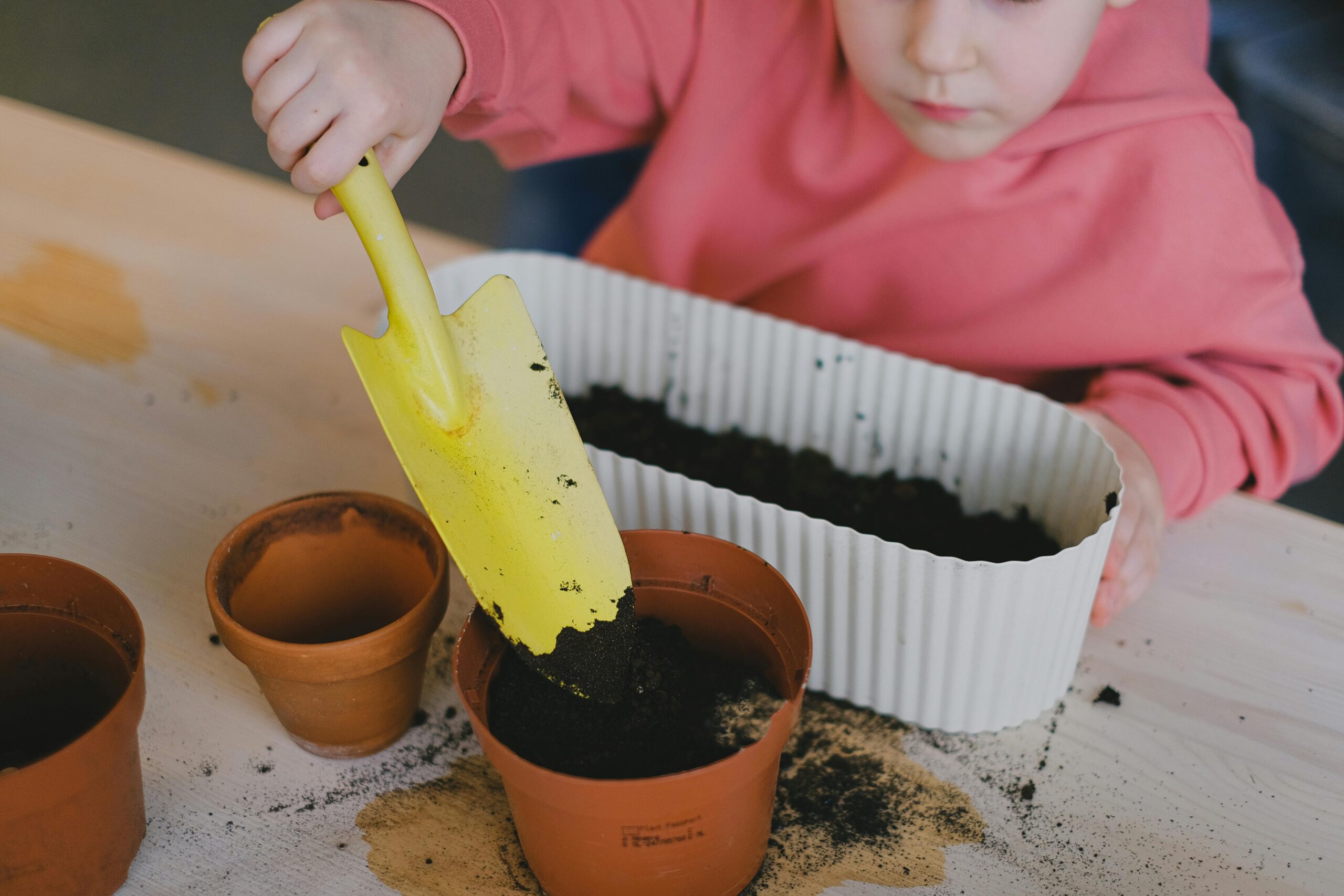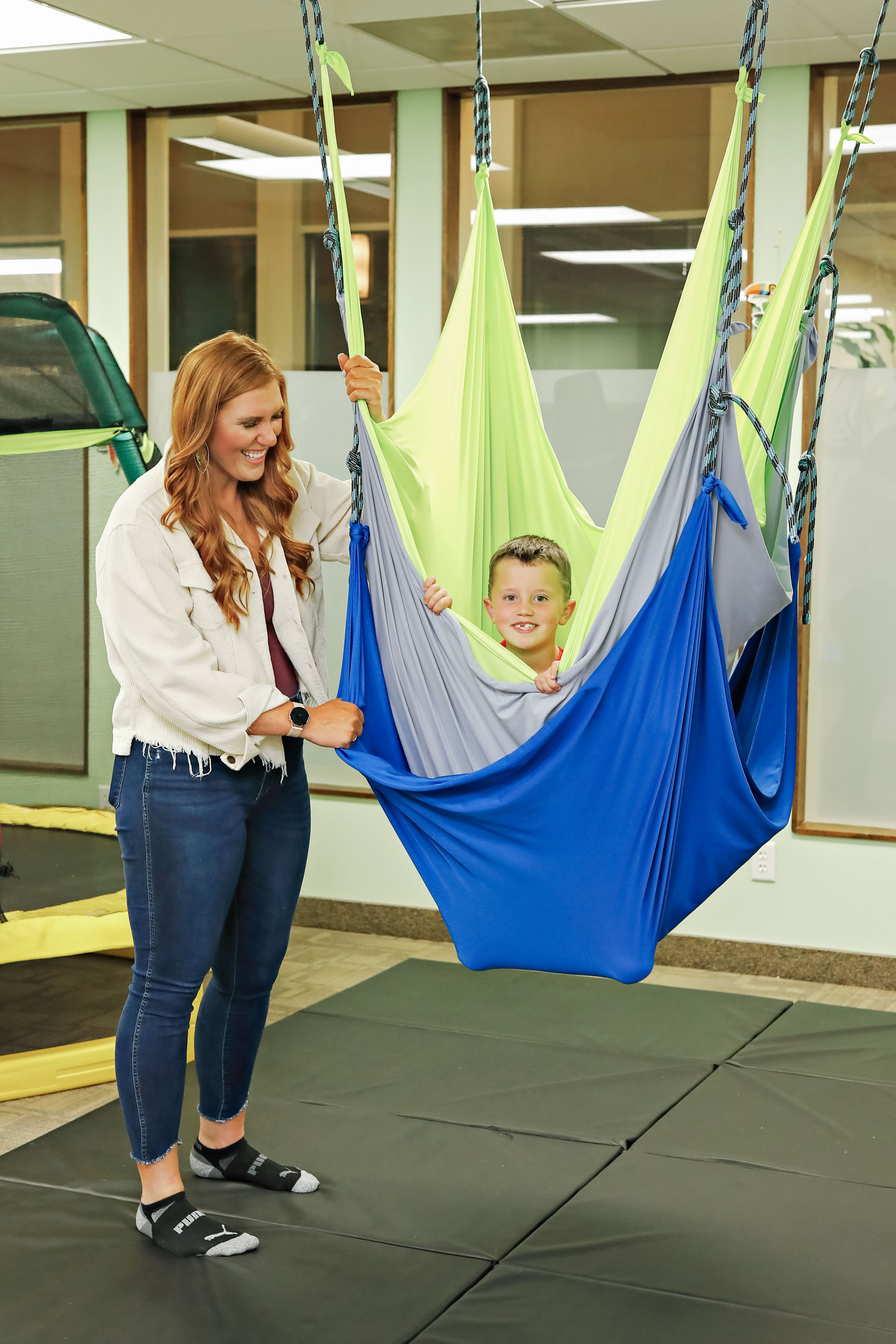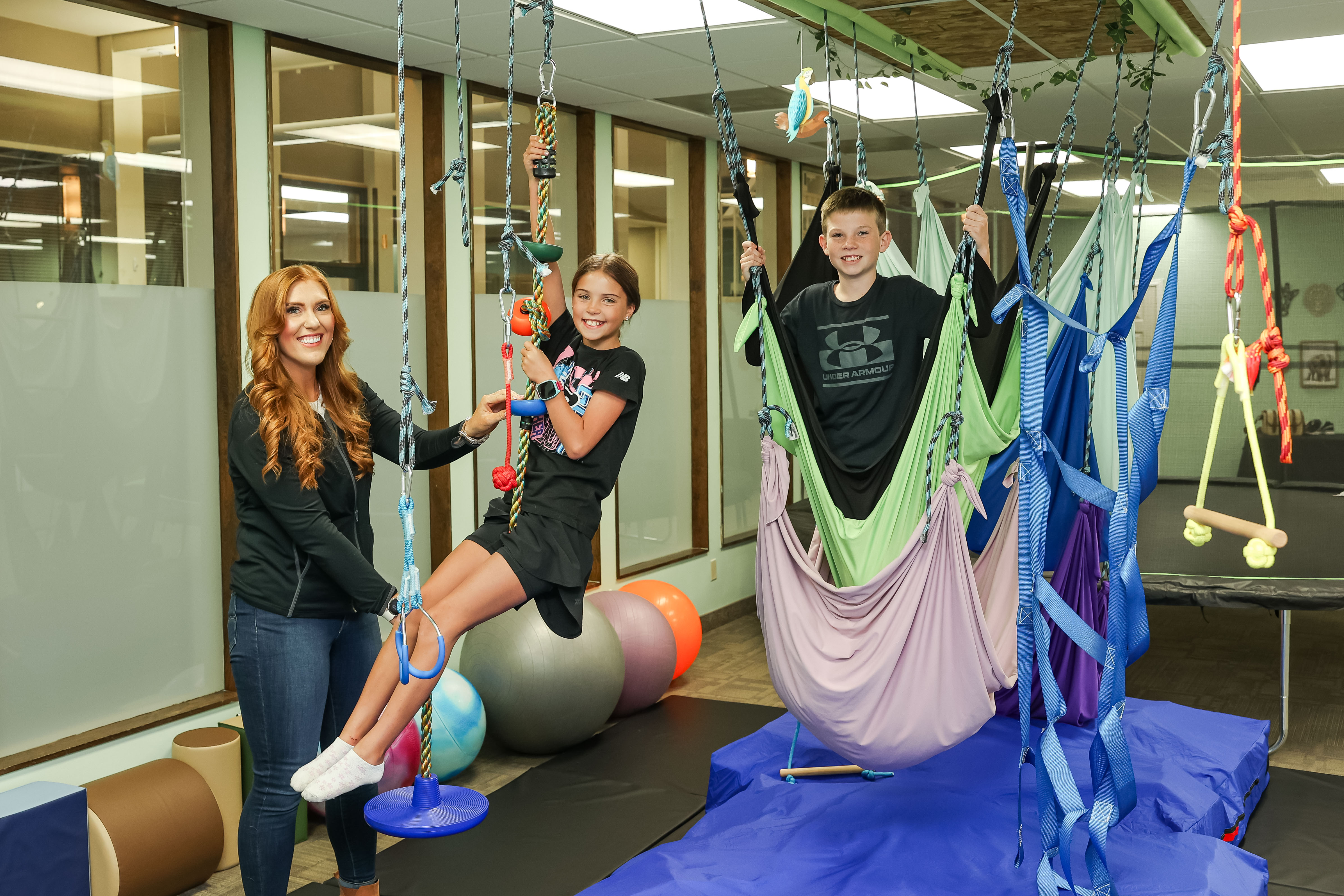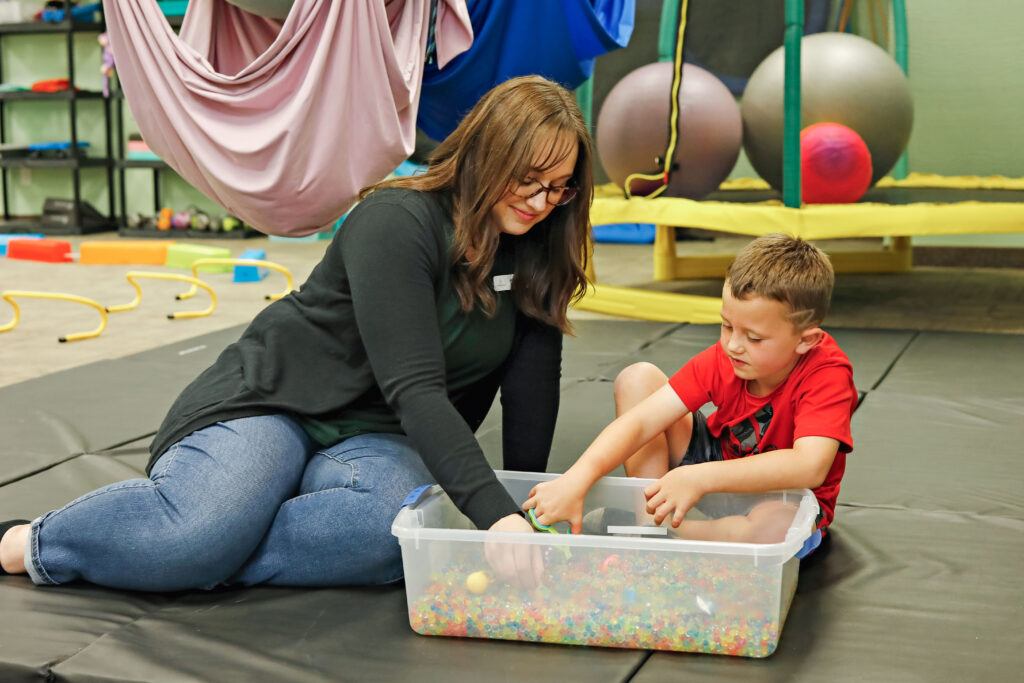As the school year comes to a close, both students and parents often face a whirlwind of emotions. From excitement and relief to a bit of anxiety about transitioning into summer, the end of the school year can bring a mixed bag of feelings. As a pediatric occupational therapist, I’ve had the privilege of working with children in various stages of development throughout the school year. With summer on the horizon, it’s the perfect time to reflect on some strategies that can help students finish strong, while also setting the stage for a smooth transition to the next chapter.
Here are some tips and tricks to ensure a successful end of the school year and prepare for a healthy, balanced summer.
1. Create a Routine and Stick to It
One of the keys to a successful school year end is maintaining some level of structure. Even though the days may feel like they’re winding down, keeping a routine in place helps children stay organized and grounded. Here are some ideas:
- Morning and Evening Routines: Encourage children to keep their typical routines for waking up, eating, and getting ready for the day, even as school winds down. Predictability provides comfort, which can help alleviate stress.
- Visual Schedules: If your child responds well to visual cues, try using a simple visual schedule for the end of the day. Include key activities, like homework, playtime, and bedtime, to provide structure and reduce any anxiety about what to expect next.
2. Practice Time Management Skills
As school assignments increase toward the end of the year, so do opportunities for children to develop time management skills. Even young children can learn the basics of pacing through activities. You can support this by:
- Breaking Tasks into Small Steps: Help your child break down large assignments or projects into manageable chunks. If your child tends to get overwhelmed by a big project, you can guide them through one step at a time.
- Timers and Schedules: Use a timer to help children stay on track during homework or study time. Visual timers are great for younger kids who need a visual cue of time passing.
3. Build Sensory Breaks into the Day
After months of sitting at desks and completing homework, it’s natural for children to feel restless as the school year draws to a close. Sensory breaks are essential for helping kids focus and manage stress.
- Movement Breaks: Encourage physical movement, like stretching, jumping jacks, or a short walk around the block. These simple activities can help children reset and feel more energized.
- Calming Breaks: Provide activities that help children relax, such as deep breathing exercises, listening to calming music, or using a fidget toy. A sensory break can also involve activities like squeezing a stress ball or using playdough to engage their hands.
4. Focus on Self-Regulation
As emotions run high toward the end of the school year, it’s crucial to reinforce self-regulation strategies. Help your child recognize their emotions and practice ways to self-soothe, especially when they become overwhelmed or anxious.
- Mindfulness Techniques: Teach deep breathing exercises or other mindfulness techniques. You can make this a fun and calming routine by using apps designed for children, such as breathing bubbles or guided relaxation stories. Adding activities from sensory diets is always a great option!
- Emotional Check-ins: Set aside time each day to ask your child how they’re feeling. Encourage them to express their emotions and help them identify the reasons behind their feelings.
5. Celebrate Achievements and Growth
The end of the school year is a time to reflect on accomplishments, both big and small. Take time to celebrate your child’s progress, whether it’s finishing a challenging project, mastering a new skill, or simply navigating a difficult situation with resilience.
- Create a “Year in Review” Memory Book: Help your child look back on the school year by creating a scrapbook or memory box of their achievements, favorite moments, and things they’ve learned.
- Positive Reinforcement: Offer praise for their hard work throughout the year. Remind them of the effort they put in, rather than focusing solely on the outcome.
6. Prepare for the Transition to Summer
The transition from school to summer can be difficult for children, especially those who thrive on routine or those with sensory or emotional challenges. Here are a few ways to make the change a little smoother:
- Discuss the Transition Early: Talk about what to expect over the summer in advance. Talk through the changes in routine, upcoming activities, and any vacations or events that might be planned.
- Plan for Summer Activities: Ensure that your child has access to both structured and unstructured activities during the summer months. Plan outings, camps, or summer programs that allow for social interaction, skill-building, and, of course, fun. Little Legends will be offering summer camp intensives (announcement coming soon!).
7. Incorporate Occupational Therapy Principles at Home
Many of the skills that are developed in occupational therapy (OT) are useful in everyday life. Here are some OT-inspired activities that can be fun and beneficial for your child during the summer months:
- Fine Motor Skills: Engage in activities that build hand strength and coordination, such as crafting, puzzles, or using small tools (e.g., scissors, tongs, or tweezers).
- Gross Motor Skills: Activities like running, climbing, or swimming can help improve balance, coordination, and strength. Consider adding outdoor activities like biking, hiking, or sports to your routine.
- Sensory Play: Incorporate sensory play activities, such as sand or water play, finger painting, or playing with textured materials. Sensory play promotes cognitive development and emotional regulation.
Final Thoughts
As pediatric occupational therapists, our main goal is to help children build the skills they need to be successful in every area of their lives. The end of the school year is a wonderful opportunity to reflect on their growth, set new goals, and prepare for the next phase of learning and development. By using these tips and strategies, you can help your child finish the year strong, while ensuring they’re well-equipped to navigate summer and beyond.
Remember, every child is unique, so feel free to tailor these tips to your child’s specific needs. The goal is to foster an environment where they feel supported, empowered, and ready to take on new challenges with confidence.
Wishing you and your family a smooth, successful end of the school year and a joyful summer ahead!




